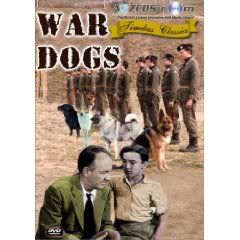This morning I got an email from Karen Pryor about a new training study titled, Clicker Bridging Stimulus Efficacy by Lindsay A. Wood, MA, CTC. The study looked at the difference between a voice marker and another type of marker–in this case the clicker.
A clicker can be more than just a conditioned reinforcer and some of us actually use it as feedback during training. (I’ve written about intermediate bridges and terminal bridges before.)
If you are new to this type of training, a clicker or marker identifies precisely which behavior is the one you want and that it should be done again.
Karen wrote that the event marker was identified by Skinner’s protégé, the late Ogden Lindsley, who used a sound to teach his pet donkey to open a mailbox.
The voice can be a great tool or a problem depending on the emotional status of the trainer. It is used to conveying pleasure, warnings, instructions, cues, and correct responses. As a result of the multiple uses–it does not always result in a very clear word marker because the animal has to sort out what is being conveyed.
Many trainers agree that the “clicker is quicker.”
Recently I had a client whose dog did not differentiate well and who’s social style was one that required small steps before introducing any variations or locations. I put her on a clicker so I could mark the behaviors clearly to overcome the learning hurdle.
The study is the first systematic comparison between these two types of bridging stimuli and it found that there was a decrease of over 1/3 in the required training time and number of required reinforcements for the clicker as compared to the verbal condition group.
From the Clicker Bridging Stimulus Efficacy abstract:
The clicker trained dogs achieved behavior acquisition in significantly (p < .05) fewer minutes and required significantly fewer primary reinforcements than verbal conditioned dogs.
The facilitation of learning provided by the clicker bridging stimulus has important implications for animal training, especially when professionals are confronted with time constraints.
The potential of the clicker stimulus to improve animal learning throughout the entire process of a behavior may not only increase the rate of behavior acquisition, but also reduce animal frustration and further enhance the relationship between trainer and animal.
You can check out the PDF of the clicker bridging stimulus efficacy training study here.





